Low
Low recounts a man's wanderings in a Berlin of wastelands and memorial remains, of barracks, no man's lands and sensorial crossings. It follows the hypnotic trajectory of a shadow inspired both by David Bowie's “The Journal of Nathan Adler” (1995) and Bowie's interpretation of the character Thomas Jérome Newton in Nicholas Roeg's film “The Man Who Fell To Earth” (1976).
Accompanied by Philip Glass' symphony “Low”, itself borrowed from the eponymous Bowie album (1976), the images are a succession of urban driftings, for which the heart of the journey is an aesthetics of anguish at the center of a city searching for itself in chaos, which is the way the rock star discovered it in the mid-seventies. In full cold war and before the two great blocs collapsed, bloodletting is ample. Ruins, blockhouses, abandoned stations, Berlin is the film's central character. The playing field of all metaphysical interrogations, this journey in the milieu of crime and desolation is also the search for a past-present that questions the very notion of the monster hidden in each of us. The adventurous path of this quest is an allegory faithful to the mysteries of identity and the existential crisis of the artist at the heart of its own geography.
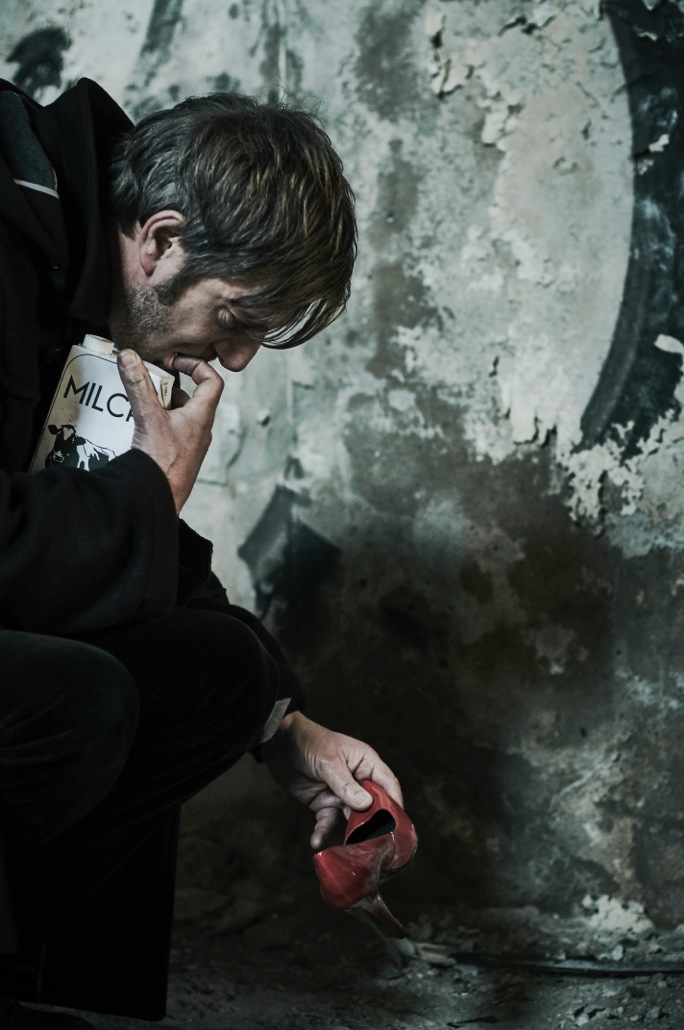
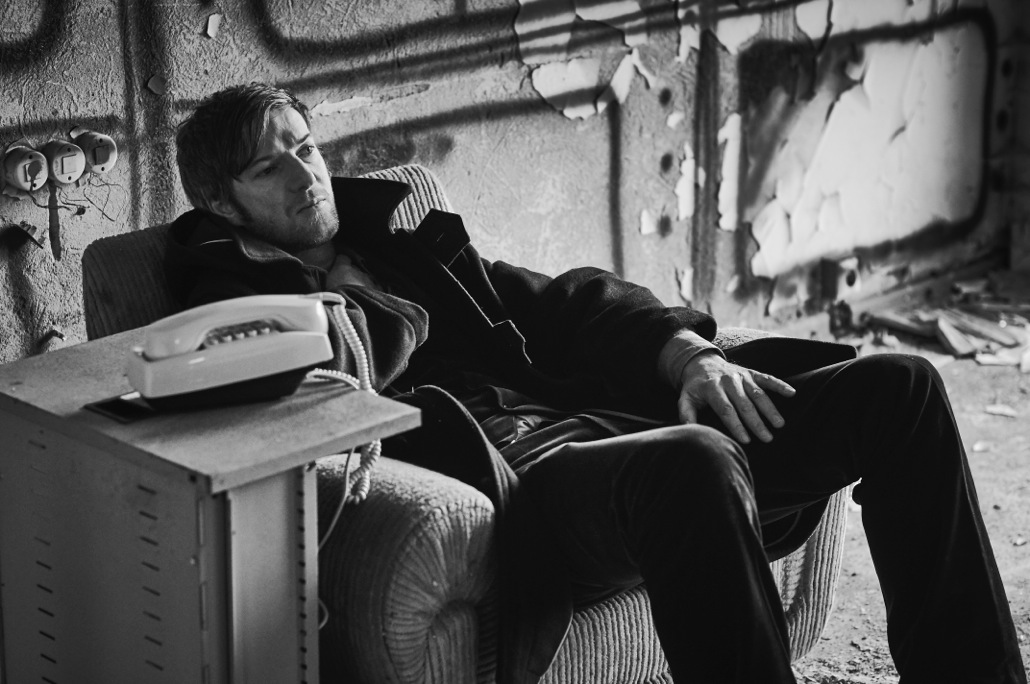
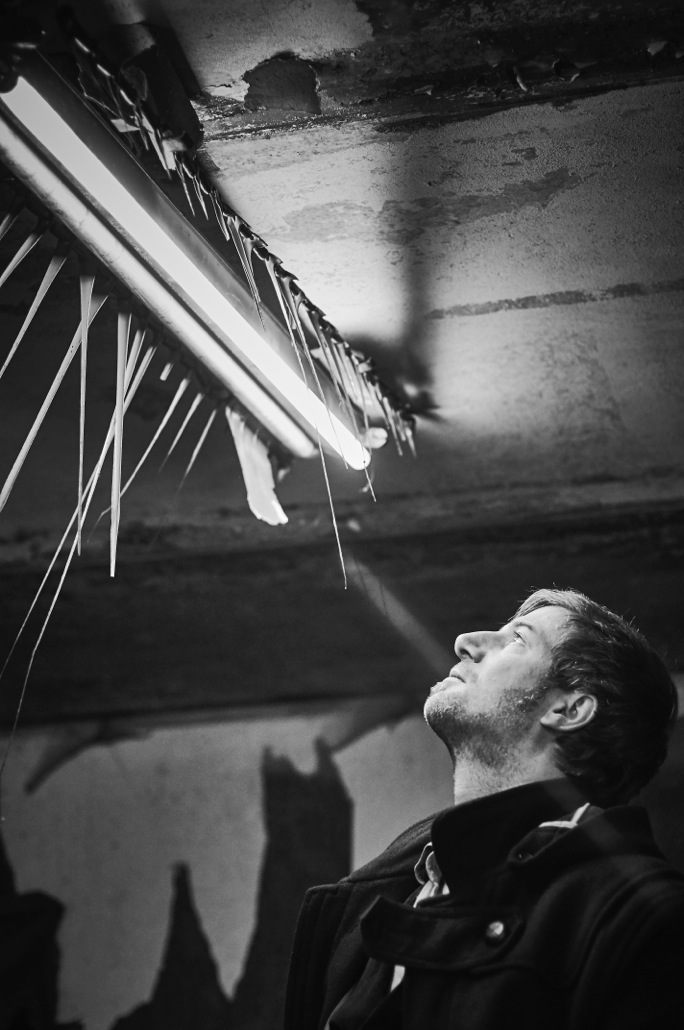
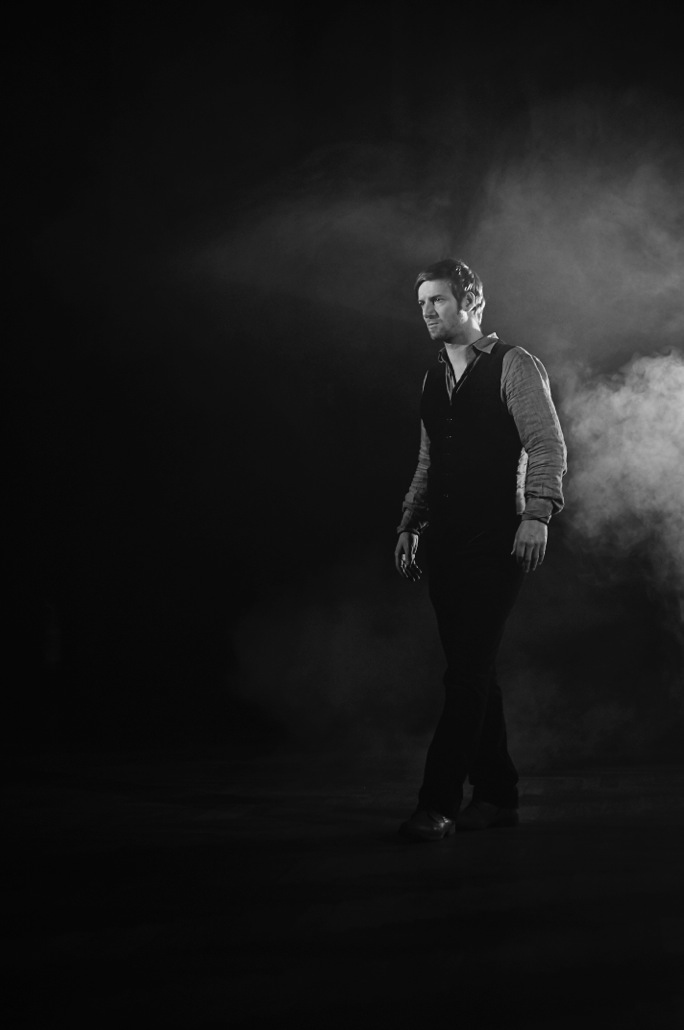
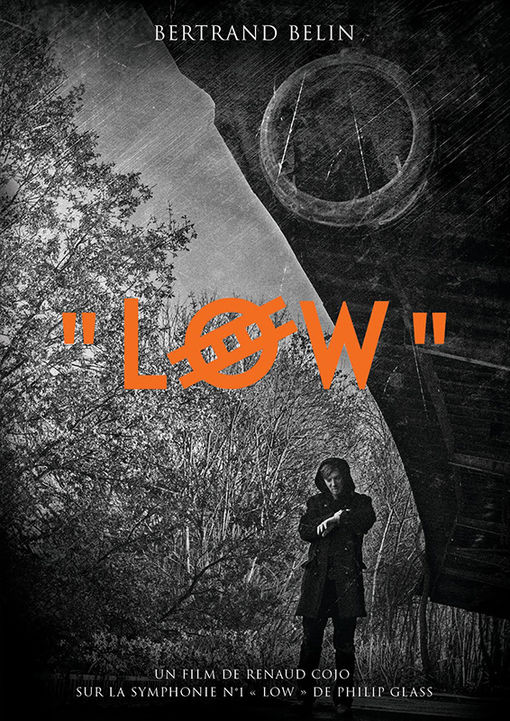
Palmarès
Festivals
05/2016 - FIFAAC, Bordeaux, France
02/2016 - See You Sound, Torino, Italy
Public screening
03/2015 - Spectacle Low/Heroes : hyper-cycle berlinois, Philharmonie, Paris, France
Born in 1966, when David Robert Jones became David Bowie. Renaud grows up in the suburbs of a quiet city. He studies sociology, socialises and isolates himself. He creates his first alias in 1990 : from here on, he is Renaud Cojo.
Comedian, metteur en scène, writer, performer, he meets theater through music. in 1991, he creates the label Ouvre le Chien and directs several projects.
D’emblée il affirme la spontanéité de son langage en s’opposant aux mécanismes de la représentation, pour une forme esthétique libre, and his work is articulated around complex thematics, combining notions of instinct, ambiguity, fragmentation and draft. (Les Taxidermistes, What in the World, Lolicom).
Cojo works through institutional theater by questioning the representation of human figure, son entendement monstrueux, grâce à sa « trilogie involontaire » . Il présente en 2000 la création française Phaedra’s Love de Sarah Kane au Théâtre de la Bastille. Pour le Festival d’Avignon en 2002, il crée La Marche de l’architecte de Daniel Keene et propose l’étouffant Sniper de Pavel Hak dans un dispositif électro-acoustique à La Ferme du Buisson et Villeneuve d’Ascq (Labomatic, 2005).
Outre la création théâtrale, il publie le poème-fleuve Rave/ma religion aux éditions William Blake and Co dont il donne une version performative en 2005. Il joue dans les premiers spectacles de Michel Schweizer (Kings, Scan) et s’agite aux côtés de Patrick Robine dans Le Zootropiste au Théâtre du Rond-Point (2005 et 2006). Réalisateur, il initie « Band In A Phone », projet de captation filmique intégrale, via téléphones portables pour un concert du groupe flamand Zita Swoon Group.
Après la création de Elephant People (2007), pop opéra dont la thématique est celle des monstres forains et dont la musique est jouée en direct sur scène par The Married Monk (Discograph Label), « Et puis j’ai demandé à Christian de jouer l’intro de Ziggy Stardust » (en tournée européenne 2010/2011) propose un théâtre-performance confrontant l’individu à l’instabilité de son identité.
Dans la continuité de ce travail, Renaud Cojo prolonge la question de l’identité virtuelle comme moteur d’un théâtre-vérité investissant le champ des réseaux sociaux à travers Plus tard, j’ai frémi au léger effet de reverbe sur « I Feel Like A Group Of One » (Suite Empire) et Œuvre/Orgueil d’après les travaux de Edouard Levé au Théâtre National de Bordeaux-Aquitaine en 2014.
En 2015, il tourne son premier film Low à Berlin pour la trilogie Low/Heroes, un Hyper-Cycle Berlinois qu’il met en scène à la Philharmonie de Paris pour l’Orchestre national d’Ile-de-France et à l’occasion de l’exposition David Bowie Is.
Il porte pour les années à venir une multitude de projets, grâce à de nombreuses rencontres fortuites et ou savamment calculées.

